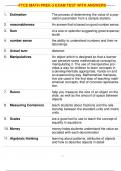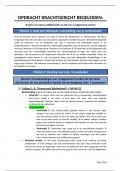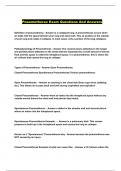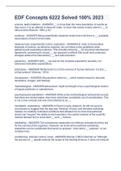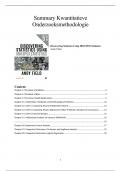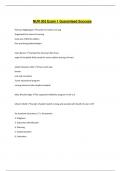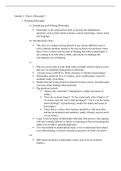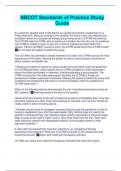Exam (elaborations)
FTCE MATH PREK-3 EXAM TEST WITH ANSWERS
- Course
- Institution
FTCE MATH PREK-3 EXAM TEST WITH ANSWERS 1. Estimation The process of determining the value of a pop- ulation parameter from a sample statistic. 2. reasonableness An answer that is based on good number sense. 3. Sum of a size or splendor suggesting great expense; lavish 4. number sense the abi...
[Show more]
